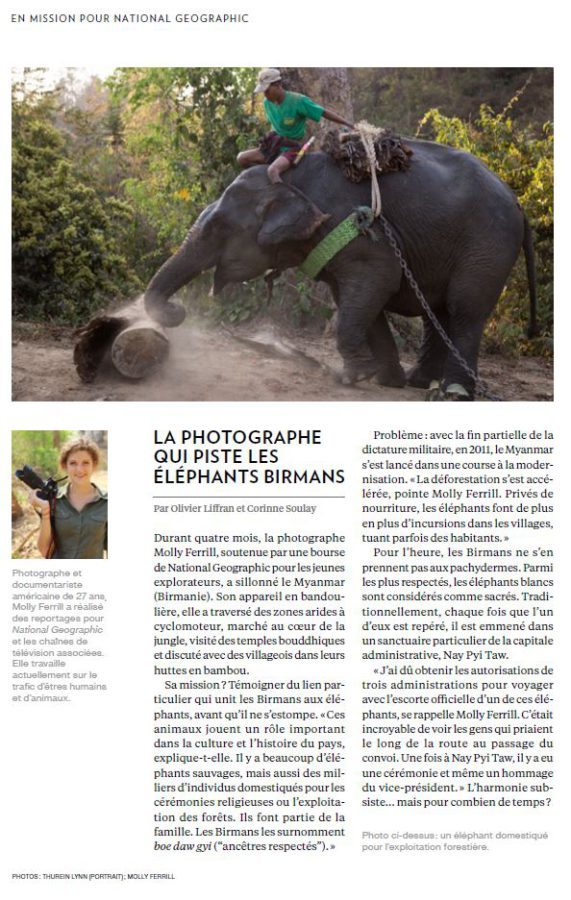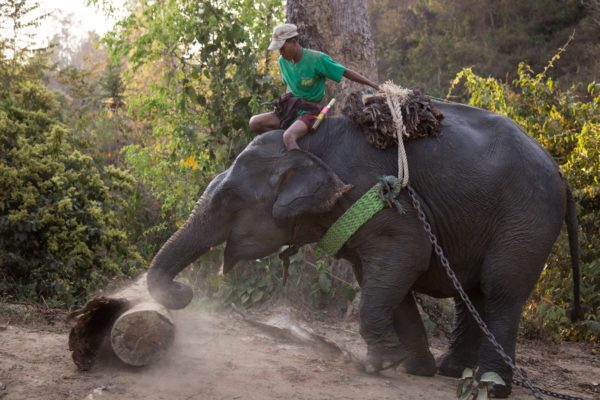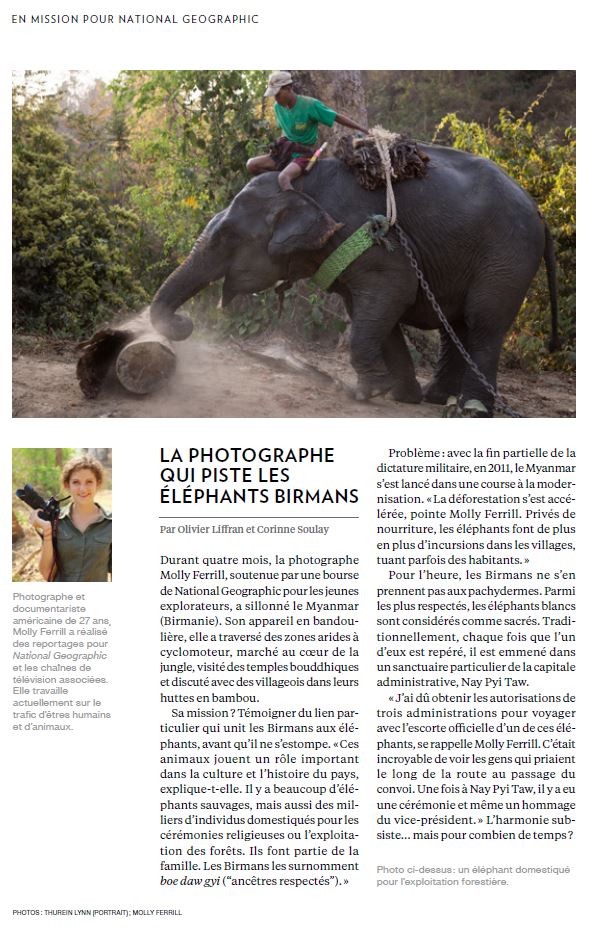
Hi! I’m Molly Ferrill, a National Geographic Explorer with a focus on documenting wildlife and environmental issues. This week I’ll be taking over Sigma’s Instagram account with some photos from my recent project in Myanmar.
People and elephants have had a unique relationship in Myanmar for generations. Elephants play a key role in daily life and several industries in Myanmar. Until very recently, timber elephants were used as a major part of the country’s extensive logging industry. Elephants also carry spiritual significance in Myanmar. Long ago, special white elephants were kept by royalty and worshipped as sacred. Even now, white elephants are seen as a symbol of peace and prosperity. This belief in the value of elephants also extends to wild elephants: In some places, people still refer to them as “respected elders”.
Recently, however, the traditional role of both wild and domesticated elephants in Burmese society has started to change. The timber industry is in decline, and elephants are beginning to have a new and controversial role in tourism. A rapid increase in development has begun to encroach on the natural habitat of the many wild elephants in the country, leading to a new issue of human-elephant conflict in some areas. Supported by a grant from National Geographic, I set out to document the relationship between people and elephants in Myanmar at this pivotal turning point in the country’s history.

Sigma sponsored this project with lenses that were invaluable in capturing the shots I envisioned. I used the Sigma 35mm F1.4 ART DG HSM | Art lens to shoot the above image of an elephant and oozie (elephant trainer) in a logging camp, which was published in National Geographic France last month.
I captured this image far out in the mountains surrounding Taungoo, Myanmar, a region where elephants have been used to log the forests for generations. Often times, elephants and children growing up in the timber camps will be paired at an early age, forming a bond that will continue until they both become old enough to work together logging the forest.
Since I took this photo, a logging ban has been agreed upon in Myanmar and this type of traditional logging work has almost entirely disappeared. The ban presents an economic challenge for the thousands of people and elephants that had been working in the logging industry, but it’s also is a very important step to reducing the unsustainable rate of deforestation in the country. I decided to use the Sigma 35mm ART series lens to capture this photo because I wanted to take advantage of its quick, sharp focus in order to show the details of the elephant and oozie as they worked. Although working with a prime lens can be more challenging than usual when your subject is a moving elephant, the 35mm is versatile on my full frame camera and allowed me to get both the closer detailed shots and some wider shots of the whole scene.
I’ll be posting photos and stories from this project to Sigma’s Instagram account all week – you can check them out at @sigmaphoto, and you can also find me at @mollyferrill for more photos!

